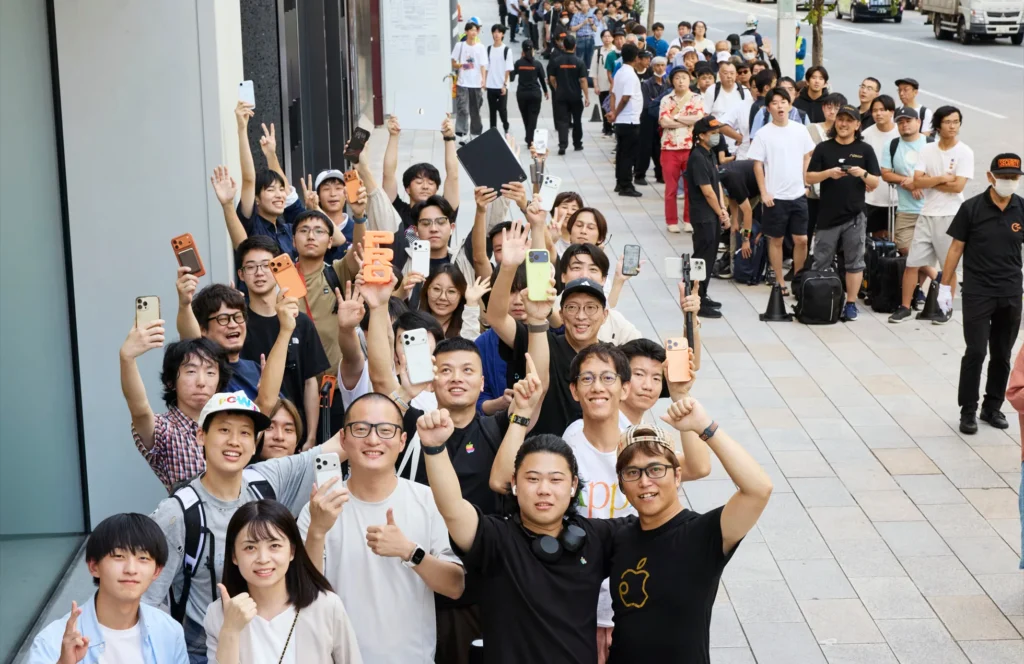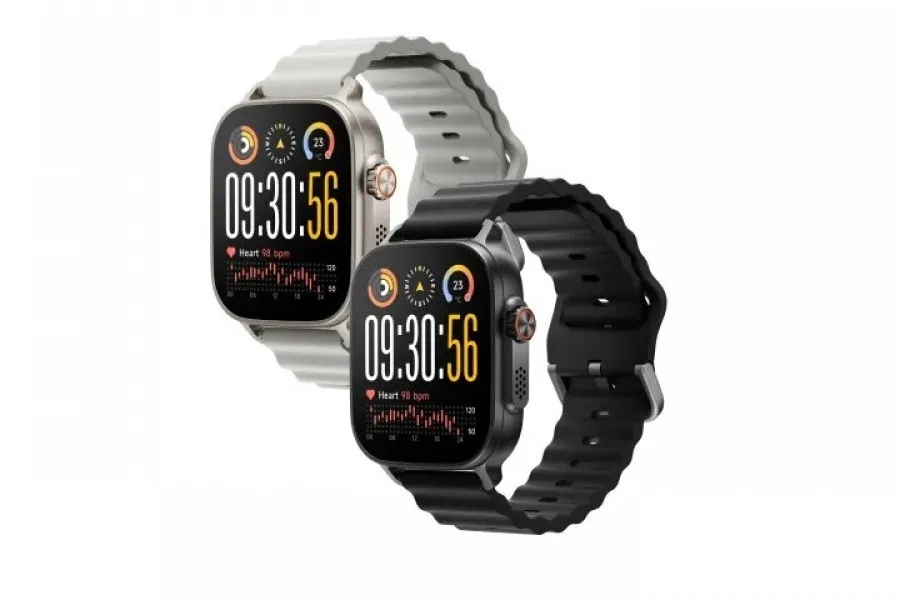iPhone 18: Apple changes strategy and aims for a launch in February 2027
The iPhone 17 may well be the last model to follow Apple’s traditional launch cycle. According to several reliable leaks—first from carriers and later confirmed by Mark Gurman—the Cupertino company is preparing to significantly disrupt the launch rhythm of its iPhone 18.
The goal is to respond more directly to the strategies of Samsung and Google, who now dominate the early part of the year.
This is a rare decision for Apple but could reshape the market balance.
A Two-Phase Schedule: Pro Models in September, Others… Later
Starting in 2026, Apple is expected to divide its lineup into two distinct waves.
1. September 2026: iPhone 18 Pro, Pro Max, and… the First Foldable iPhone
The fall keynote will maintain its central role with:
- iPhone 18 Pro
- iPhone 18 Pro Max
- A foldable iPhone, presented as a premium and innovative equivalent.
This trio is designed to counter the Galaxy Ultra models, which clearly dominate the segment at the beginning of the year.
2. Early 2027: iPhone 18 “Classic,” iPhone 18e, and iPhone Air 2
The surprise here is that Apple would delay the launch of non-Pro models until February or March 2027, or possibly even April, according to Gurman.
In essence, the “mainstream” lineup will shift six months later than the Pro versions.
Why the Delay Now?
The explanation appears to be more strategic than technical.
Apple aims to counter Samsung, which kicks off with its new releases in February. Indeed, the Galaxy S26 series is expected in February 2026, similar to the Galaxy S25 series before it. Launching the iPhone 18 around the same time would keep Apple in the conversation without waiting for the fall.
Additionally, Apple wants to avoid an overly crowded lineup in September. Between the Pro models and the upcoming foldable iPhone, Apple would need to create some media space.
Finally, the segmentation of uses and prices could be clearer:
- Pro → innovation, new technologies, classic annual cycle.
- Base → entry-level products, staggered cycle, potentially longer.
This logic is reminiscent of the iPhone/iPhone SE duo, but taken up a notch.
A Strategic Debate: Is Apple Diluting Its Annual “Moment”?
For the past fifteen years, September has belonged to Apple. Dividing the calendar might dilute this ritual.
However, the Cupertino giant seems to be betting on another effect: two media peaks each year, a better response to competition, and a schedule more aligned with purchasing cycles outside of the school period.
The gamble is risky but not unreasonable.
February 2027: The Most Likely Window
Cross-referencing the patterns of the e models (iPhone 16e in February, iPhone 17e in early 2026) with Samsung’s calendar, the most plausible release date for the iPhone 18 “Classic” appears to be February 2027, although March remains an option. April seems less likely, even though Gurman mentions “around six months” after the release of the Pro models.
Nevertheless, in the Apple vs. Samsung context, February remains the most consistent date.
An iPhone 18 That Marks a Break… Even Before Its Launch
This new schedule signals more than just a change of date: it represents a strategic overhaul of the iPhone lineup.
For the first time, Apple accepts that the market’s rhythm no longer revolves exclusively around its own clock. Samsung, Google, and foldable devices are reshuffling the cards— and the iPhone 18 will be the first to play by these new rules.




